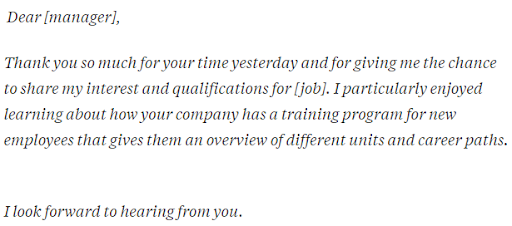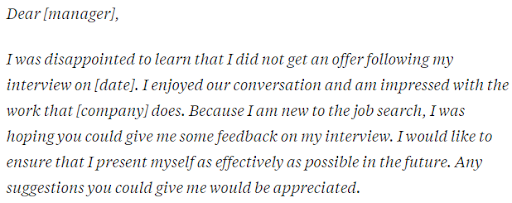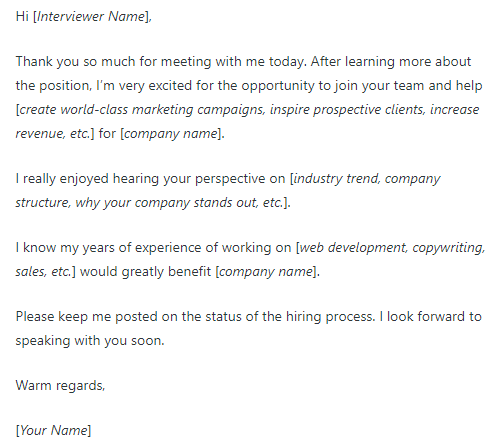
One of the most common tasks businesses outsource is the documentation of audio-visual content. This includes converting recordings of job interviews into text format. Interview transcription services ensure that completed oral interviews are quickly converted into accurate written records.
Importance of the Job Interview Process for the HR
The job interview is one of the most important aspects of the HR department’s recruiting process. Hiring the right talent is the most important key to efficiency, productivity, innovation and growth. Interview transcription providers ensure that every aspect of the interview is clearly and accurately transcribed. Every answer provided by the candidate and the questions put forth by the interviewing panel are all clearly transcribed and recorded incompatible file formats for the company management to consider and make the right decisions.
With so much processing to undertake, and the performances of so many candidates to examine, the task of selecting and informing the right candidate could take a great deal of time. Candidates could be wondering why it takes so long. After waiting for some time, candidates can send follow-up letters to get a clearer picture of what’s going on behind the scenes.
How Can Candidates Follow up With an Interview?
You prepared well for your job interview, gave it your best shot, and came out of the session confident about the way you performed. Then came the period of anticipation. A flood of questions overwhelmed your mind:
- “Am I going to be selected?”
- “Why aren’t they calling me?”
- “Were there other candidates better than me at the interview?”
- “Did I make a blunder at the interview?”
- “What’s the delay?”
These questions could go on and on and on, making you restless. But instead of worrying too much about these issues, why don’t you follow up with your interview? It’s a polite way of making the company’s HR team feel compelled to inform you of what’s happening.
The Follow-up Letter
How do you follow up? An email is the best way to do it. A phone call would appear intrusive because, you’ve got to realize, the company’s HR team and the management need time to go through the whole selection process. So how do you create a follow-up email? Let’s look at some samples that Harvard Business Review provides:
Example 1:
source
Example 2:
Example 3:
Example 4:
The Follow-up Letter – Key Points
As you can see, each type of letter follows up with the interview, but in a different manner. They are all polite and never give the impression that you are desperate to land the job. However, while avoiding the desperation, the letters manage to convey that the candidate would really love to have that job. It’s just that they appeal to the different psychological aspects of the readers’ minds. The matter is presented in a compelling way and encourages the reader to provide some kind of response.
Even if the management hasn’t made up their mind or is in the process of deciding, your sincerity towards getting the job, as revealed through the follow up letters, could turn the tide in your favour. In the worst case scenario, they may say that the selection process would still take time to complete and that they will inform you if selected. What’s important is that it can at least make them feel obliged to reply to you and tell you whether you have a chance of being selected or not.
If the answer is no, it will save you time waiting endlessly for a response. So you can move on to prepare for and attend other job interviews. Of course, you need to repeat the whole interview process again, but you can improve your performance further next time. One of the letters in our examples above was a feedback approach, which could perhaps elicit an honest response from the management about the things you probably need to improve.
Explaining the Examples
So let’s go through each of the four follow-up letter examples to check out the different approaches candidates can take to elicit a response:
Saying Thanks
Example 1 is nothing but expressing gratitude for the amazing interview session that you had. The words of gratitude also cover the joy of having learned something new about the company, something which you believe could help you build experience as a new employee is selected. The letter ends with a request for a response, “I look forward to hearing from you.” The following is an example of a more detailed letter of gratitude:
Saying Thanks and Following Up
As you would have seen, Example 2 takes this theme of gratitude further. This is a proper follow up note. While this includes the same gratitude theme for the interaction and the things the company has that could help new employees, it goes further than that to ask what the status of the candidate’s selection process is. The candidate mentions their belief that they would be a great fit for the organization. The letter concludes with a willingness to present any further information about the candidate that the organization needs in order to make a decision. Here’s another kind of gratitude and follow up letter:
This letter also mentions the date by which the decision would have had to be made. This would have been discussed in the interview or in a private conversation with HR. It convinces the management to present an explanation of what happened since the process is clear to the candidate.
Informing about Other Job Offers
Example 3 is what Harvard Business Review calls the exception. What’s the exception here? It’s that the candidate has received other offers. This conveys to the company management that there is the risk of losing the candidate unless they act fast. But that’s not all. The candidate also mentions that they still prefer working for the reader’s company because of what they offer, the exciting nature of the job they offer, how the job they offer matches exactly with what the candidate is looking for, etc.
All this adds up to the feeling that the candidate is not someone who should be passed over because other organizations have found their services worthwhile. The candidate has mentioned that there are things they like in this organization, it’s a lifeline extended to the company that they still have a chance of securing the candidate’s services.
Asking What Went Wrong
Example 4 requests nothing but feedback. The letter almost conveys the idea that the candidate has accepted the management’s decision against hiring him/her. So it would be better to at least get some feedback from the interviewing team as to what went wrong in the interview. It evokes a kind of sympathy from the management who would then feel compelled to help the candidate in their career journey by providing them, with pointers to improve. It could also potentially result in the unthinkable happening – the management could be impressed by the candidate’s sincerity and probably reconsider or provide them with a slot when they start another recruiting process for a similar position.
General transcription companies offer transcription solutions for various industries, from legal and governmental organizations to educational and corporate organizations. With online and video conferencing interviews becoming the norm in most sectors, the importance of interview transcription can never be overemphasized.









